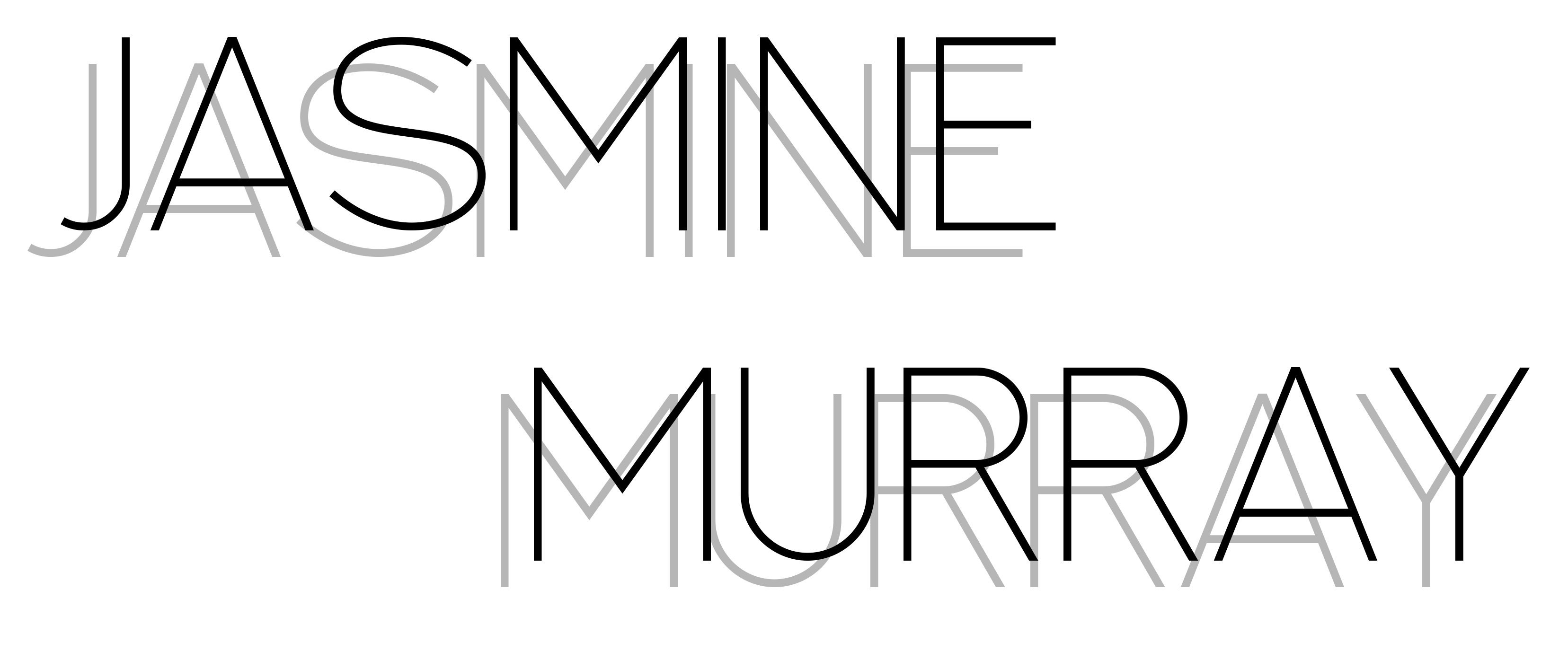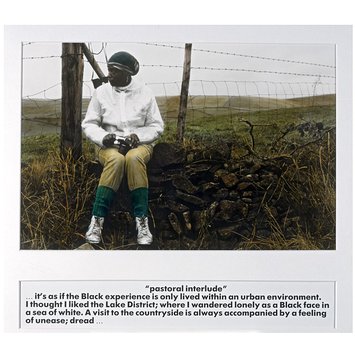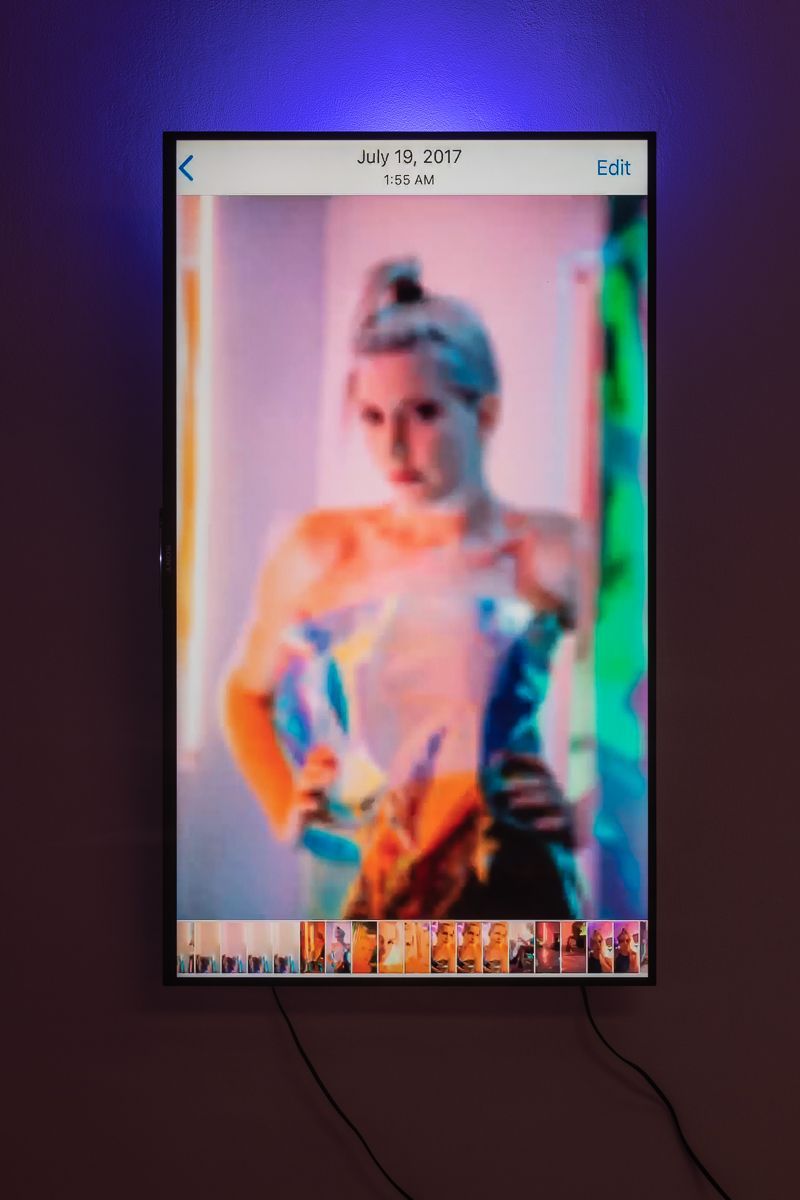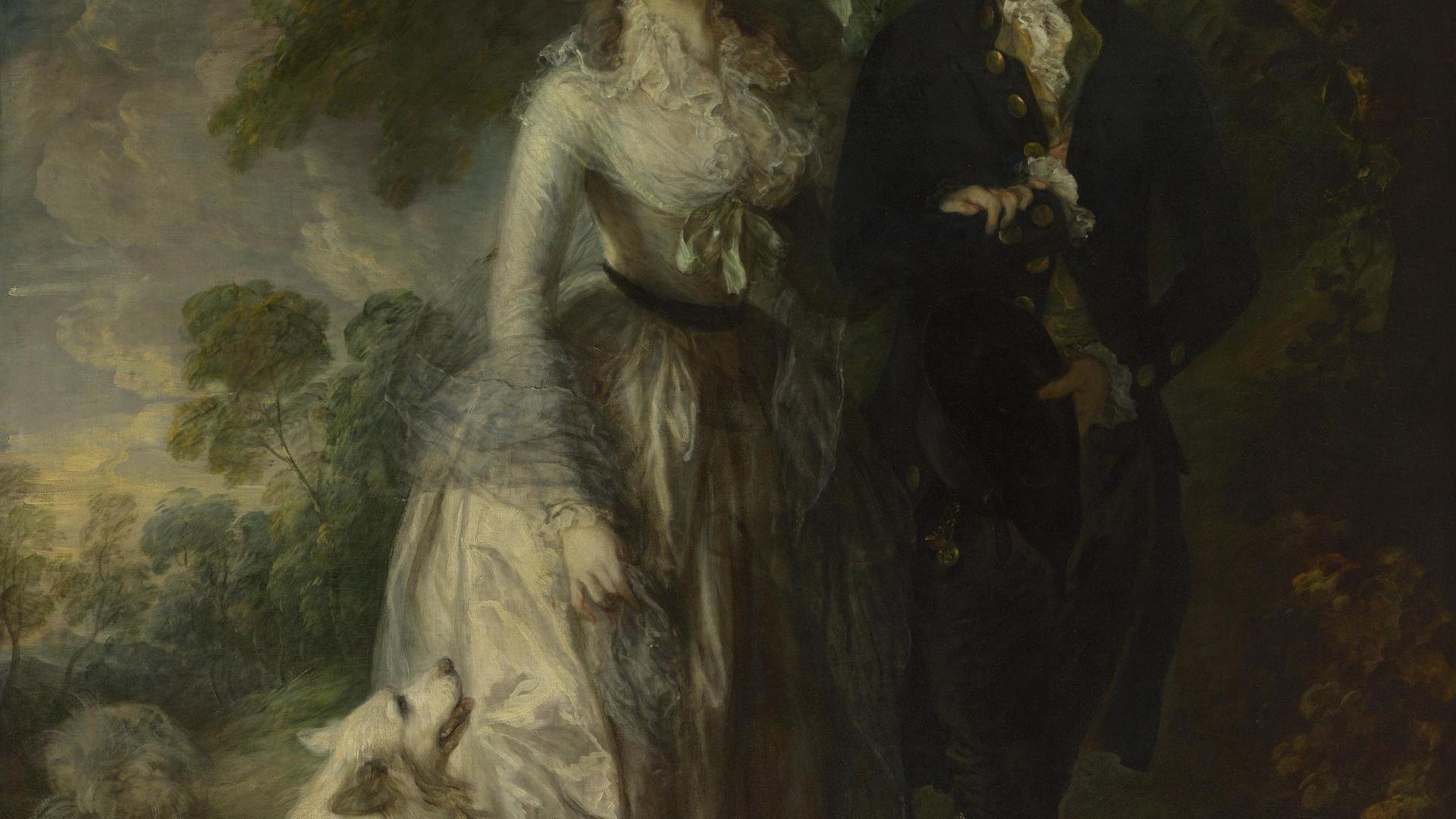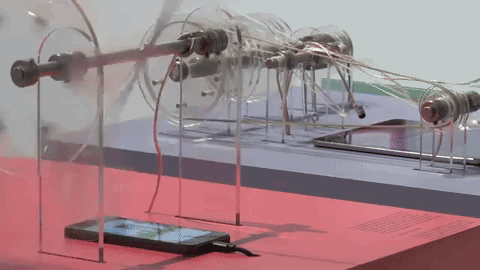Intent
“I think it’s important to ask: Who is making the work, and for whom? Who controls that narrative, and how is that disseminated to the general public?”
Frazier, LT.R. [in] Wolf, S. (ed) (2019; 74-75)
Throughout this module my main intent has been to communicate the notion that social media and photography in general is not “authentic” and that the perfected curated manifestations of the social media feeds are ultimately a lie and to reconsider their consumption and aspiration to unrealistic false realities. I have communicated verbally and in writing these intentions by supporting my practice’s viewpoint by referencing to theorists from a variety of backgrounds e.g Freud’s Uncanny and Relate’s research.
Inform

“Pictures inform other pictures, and projects inform other projects. It’s not so linear, and more of a web.”
Edmonds, J. [in] Wolf, S. (ed) (2019; 70)
I have found my practice has been informed through a variety of means. Visually, as mentioned in Practice & Preparation: A Reflection fellow contemporary practitioners, who share similar life experiences in regards to the impact the internet and social media has had on them whilst growing up, have practices which align with some of my own intentions and in some instances we share a similar nostalgia to the customisability lost from the early internet and a disdain to the cookie cutter visual identity of websites today from the visual layout, down to the very content itself. Contextually this has led me to explore and look at 18th century art particularly portraiture by Gainsborough which follow the trajectory of modern visual outcomes on social media, except instead of a face filter (such as those found on Snapchat), the output was a filter by the artist’s hand himself to flatter his sitters. A Christie’s article has even described the period of 18th century portraiture in comparison with today’s addiction to the selfie and write: “As with the selfie today, portraits were also a chance for more self-conscious sitters to be depicted in the latest fashions.” (Van Vliet, M. 2016) Critically I have informed my practice in particular through in-depth research into psycho-analytical theories in particular those who explore and research the Uncanny which I mentioned in-depth on Practice & Preparation: A Post on the Uncanny.
Reflection

Thoroughout PHO702 I have used my research to change my path of editing my sequence. Initally, my output used semi-transparent locations, as well as a gradient background from pink to blue behind my couple which contained a hidden message of a twist on traditional gender roles commonly shared on social media. However I quickly discarded this ideas as I felt they convoluted my main intent and in the case of Figure 2 made it far too obvous the figures in my images were dolls.

By Week 6, I finally produced outcomes, I felt successfully achieved what I had set out to achieve, such as Figure 3 with the figures placed against glitched backgrounds, mostly urban and of London that I had taken back at the start of this module as research. Unfortunately due to the Coronavirus outbreak imposing restrictions I was limited to the photos I had taken for research to glitch, however my final outcomes arguably work better than if I had been able to go to the locations I ha wanted to, as I incorporated and layered into my images archival graffiti photos. This was however after a change in my project to visually include the coronavirus pandemic into my work, and after deciding in Week 8 that my images had become repetitive and in some cases the outcomes themselves were visually weaker than others within my edit, such as Figure 4 which was not particularly dynamic in pose, nore background which was mostly a boring blur of glitched green.

The final edit of my work follows a path of comparison between the authentic lie pre-pandemic and currently in the midst of a pandemic through images of the couples paired together.
Professional/Viewing Context
“There are certainly people that I feel a kinship with – but that transcends traditional genres. In general, I find myself uncomfortable with labels, as those often only reinforce a misguided preconception or stereotype about the art. Often classification closes down part of the creative interpretation. I don’t like boundaries. I’d rather let the work speak for itself. Remove the baggage of category, and the photograph deepens and opens up to interpretation.”
Hatleberg, C. [in] Wolf, S. (ed) (2019; 99)
Much like Hatleberg I am not keen on labels or boundaries being placed on my work, and ultimately I like to think my work could be placed in a variety of contexts to be disseminated and viewed. However as my work comments on the virtual world, ultimately the best location of publication is the digital space, which would allow no location or time constraints to visitors, allowing a wider audience to view my work. A webpage would allow a variety of scale and display methods, and would also focus on the temporality of online imagery following the standard social media approach of one long scrolling stream. An alternative option could be a traditional gallery space with images backlit or display via screen to assist the narrative of the digital world, although I could use an empty shop and display in the windows, creating an unmanned exhibition that is visible 24/7. Using a less formal setting would likely attract a more diverse audience outside of the traditional art scene as well as adding connotations to my practice around the changing face of the high street as consumers have migrated to Internet based shopping.
Regardless of format of publication, my main target audience is my generation, to make them critically think about how they consume and use the Internet, and perhaps convince viewers to reconfigure a new reality and realise the darkness of their condition.
References
Figures
Figure 1 Murray, J. (February, 2020) Rejected Still ‘An Authentic Lie’.
Figure 2 Murray, J. (February, 2020) Rejected Still ‘An Authentic Lie’.
Figure 3 Murray, J. (March, 2020) Is this the real life? (from ‘An Authentic Lie?’) [Online] Available from: https://jasmphoto.portfoliobox.net/anauthenticlie [Accessed 23/04/2020]
Figure 4 Murray, J. (February, 2020) Rejected Still ‘An Authentic Lie’.
Bibliography
Edmonds, J. [in] Wolf, S. (ed) (2019) Photowork: Forty Photographers on Process and Practice. 1st edition. pg 70. New York; Aperture.
Frazier, LT.R. [in] Wolf, S. (ed) (2019) Photowork: Forty Photographers on Process and Practice. 1st edition. pg 70. New York; Aperture.
Hatleberg, C. [in] Wolf, S. (ed) (2019) Photowork: Forty Photographers on Process and Practice. 1st edition. pg 70. New York; Aperture.
Van Vliet, M. (2016) Christie’s: Why would you buy a portrait of someone you didn’t know? [Online] Available from: https://www.christies.com/features/18th-century-portraiture-7-key-questions-7225-1.aspx [Accessed 23/04/2020]
